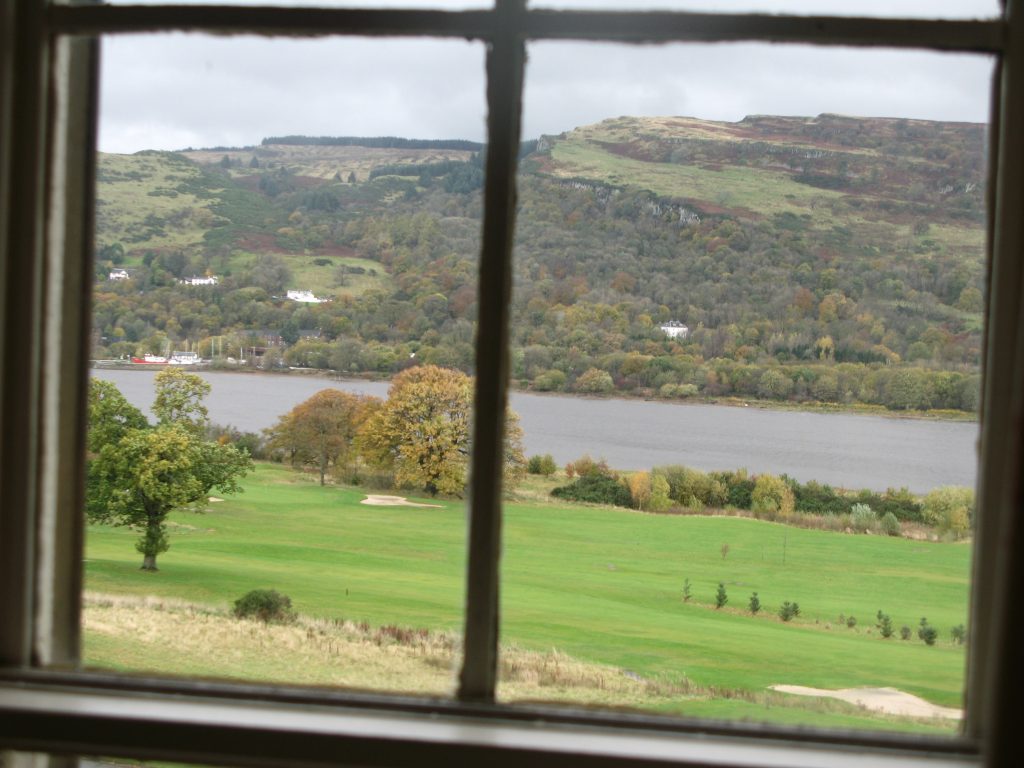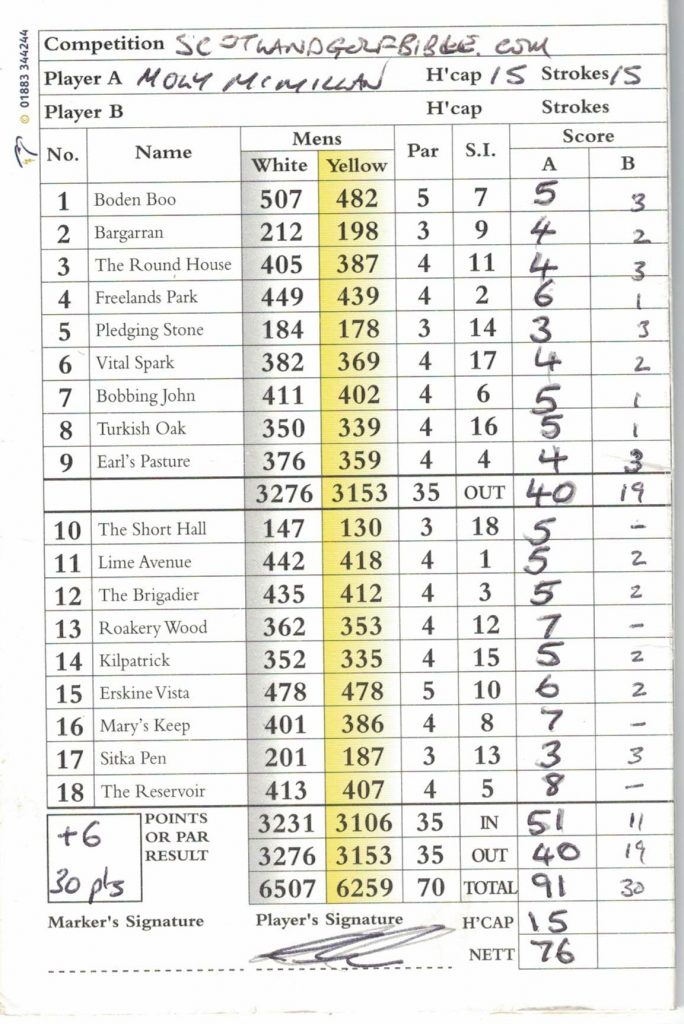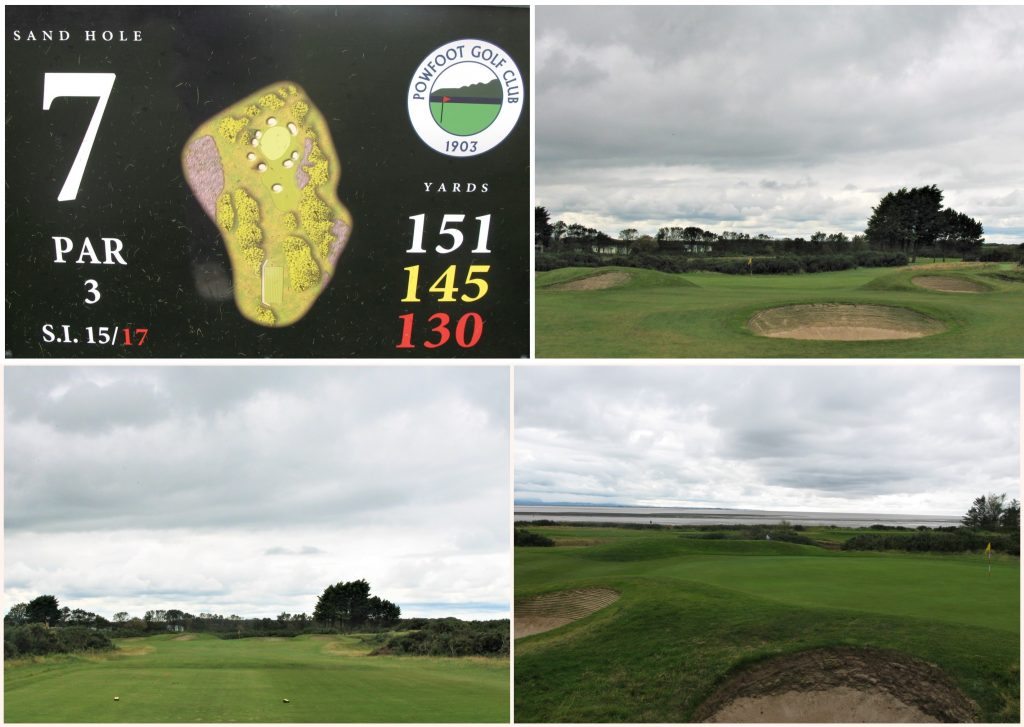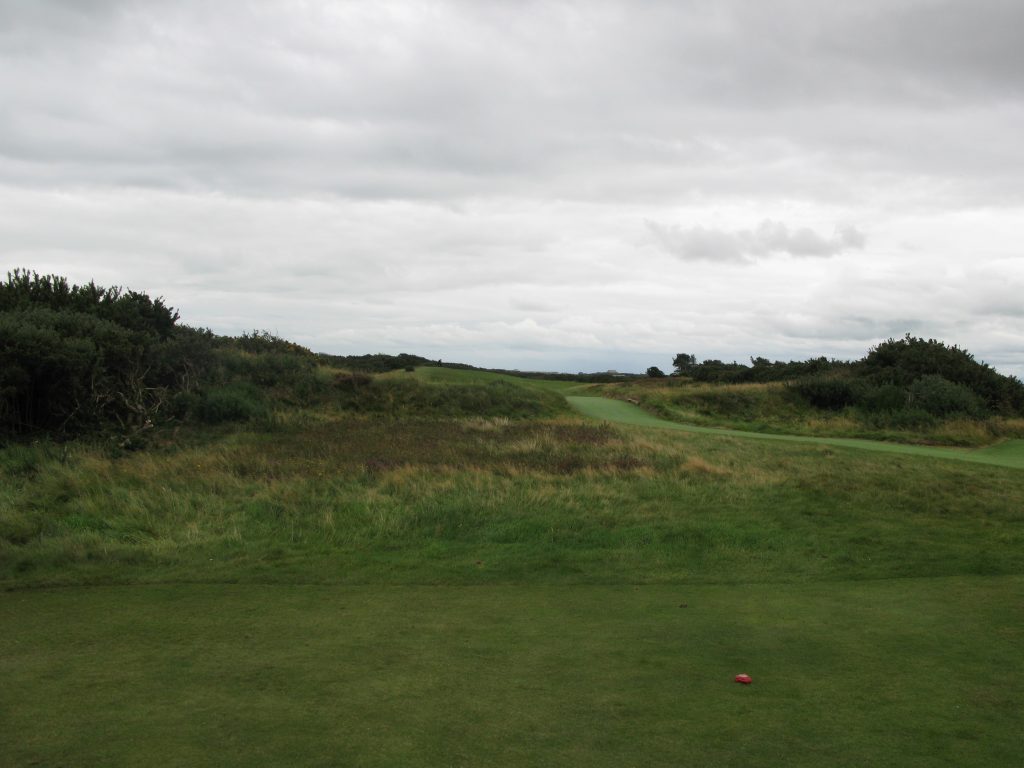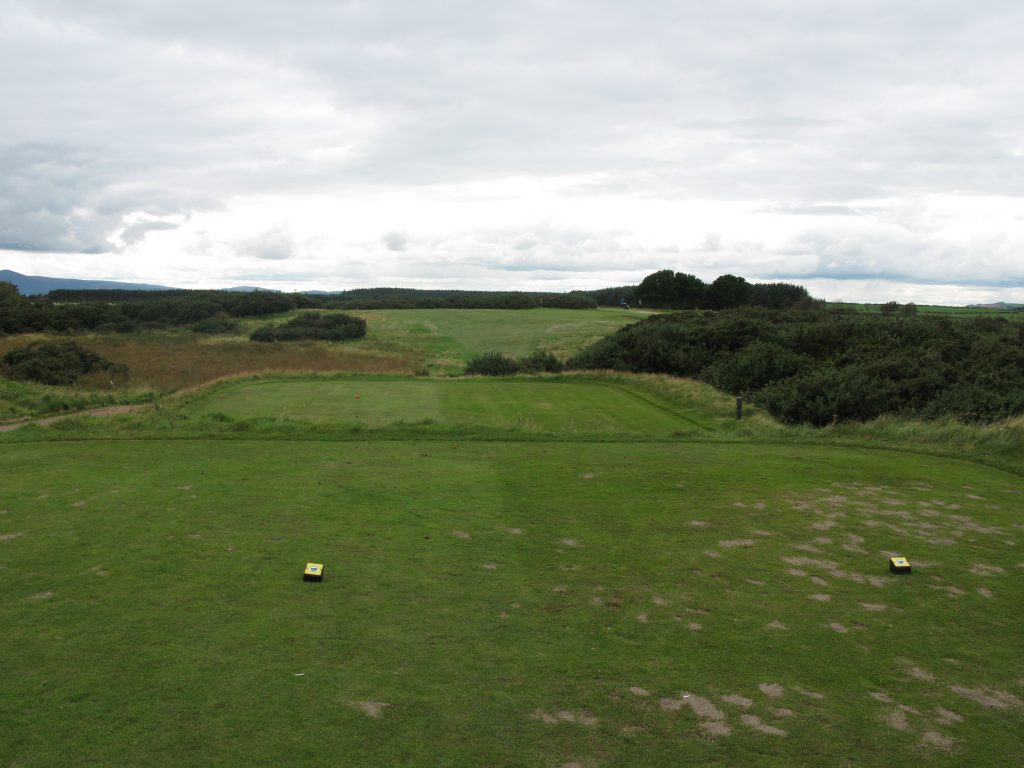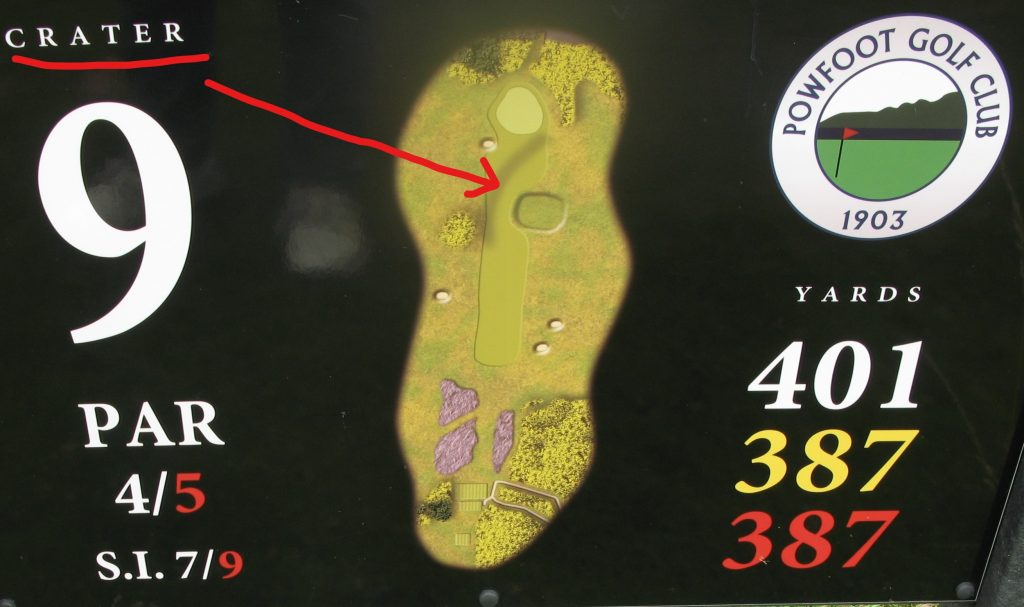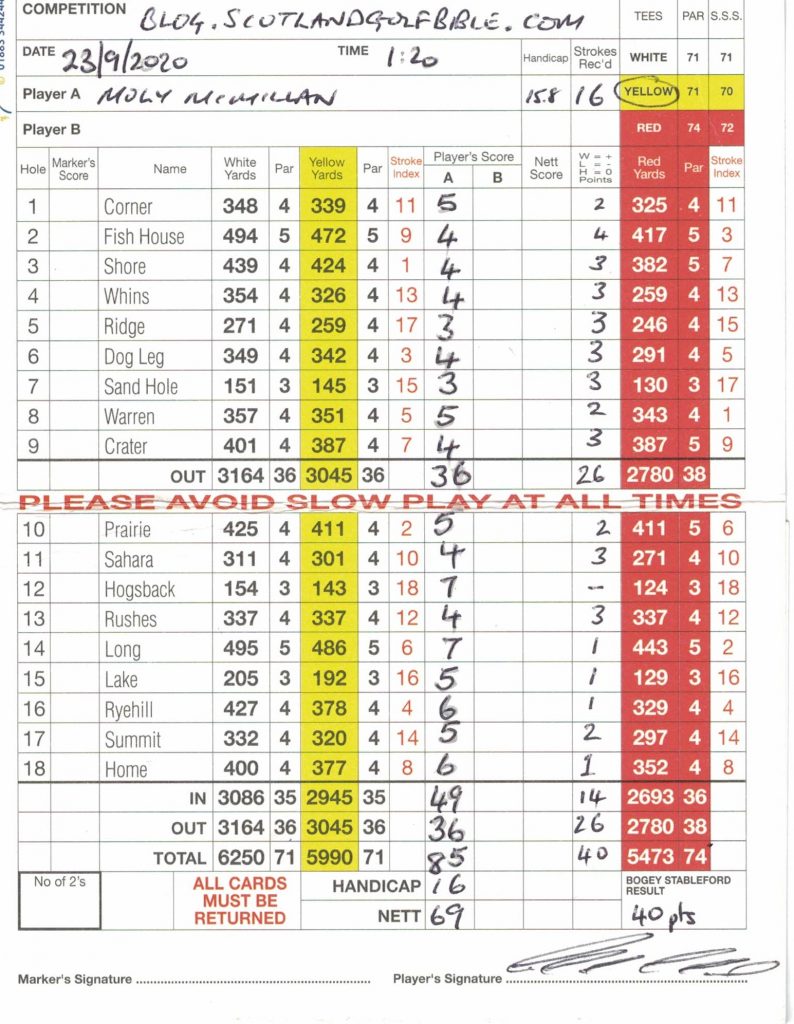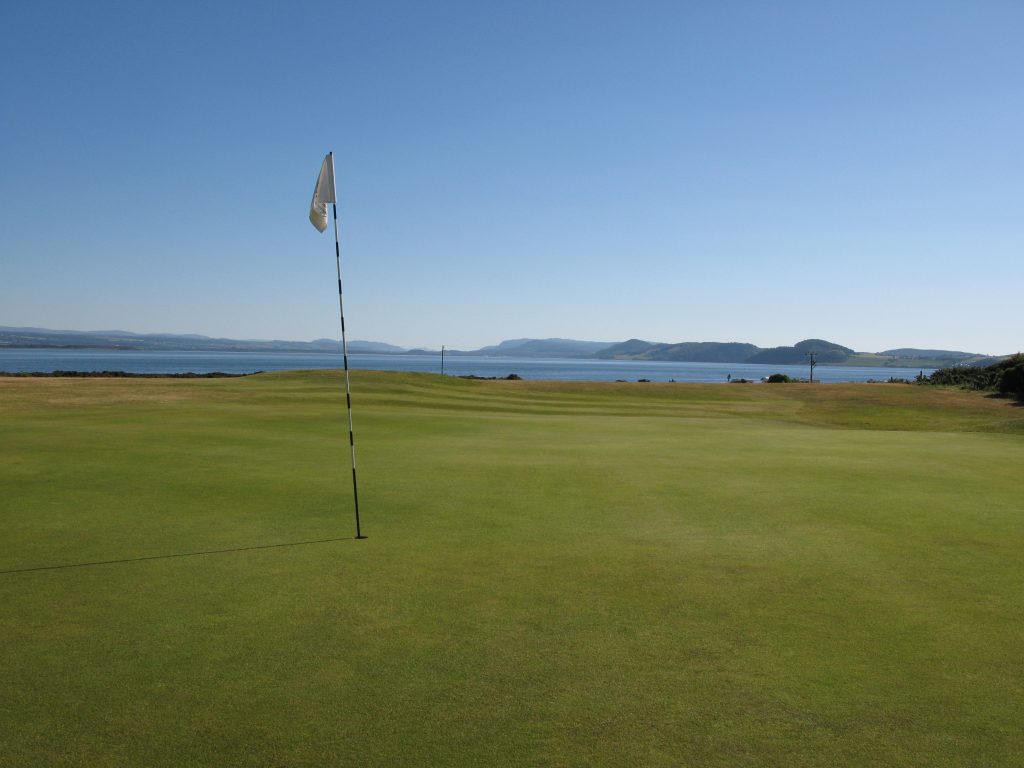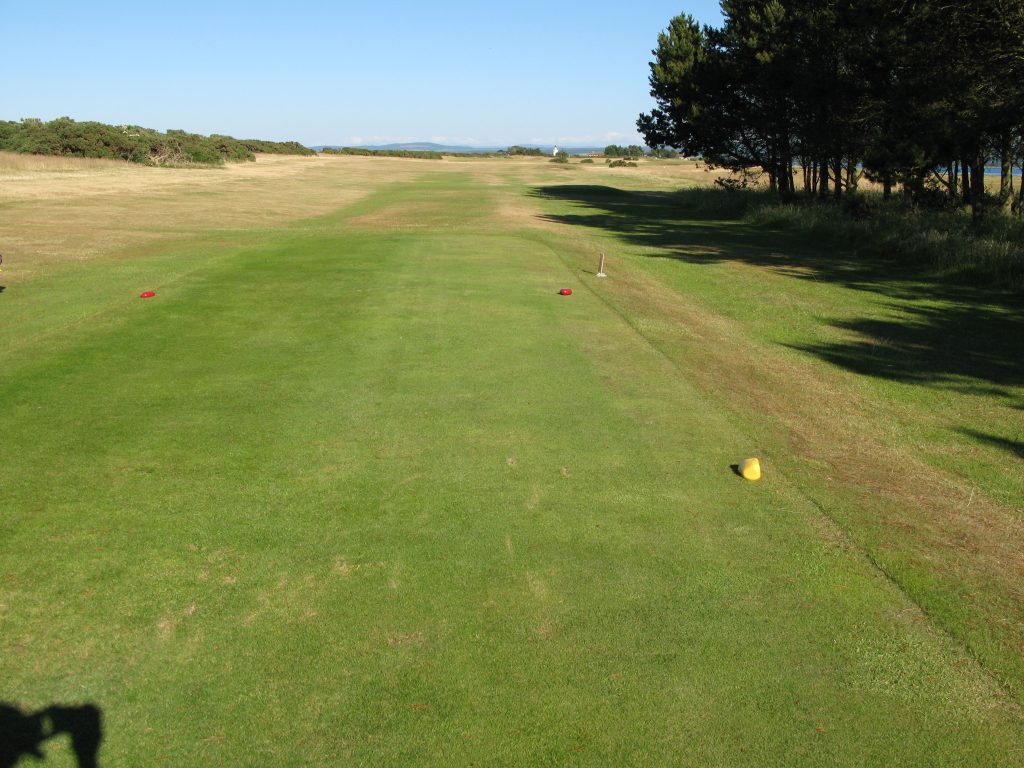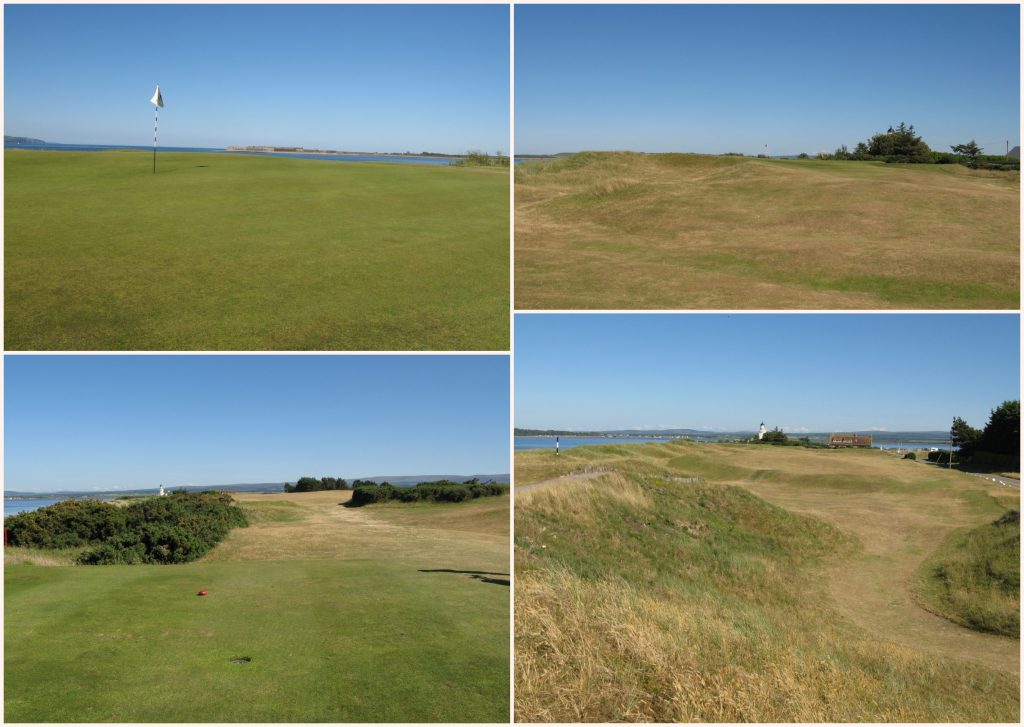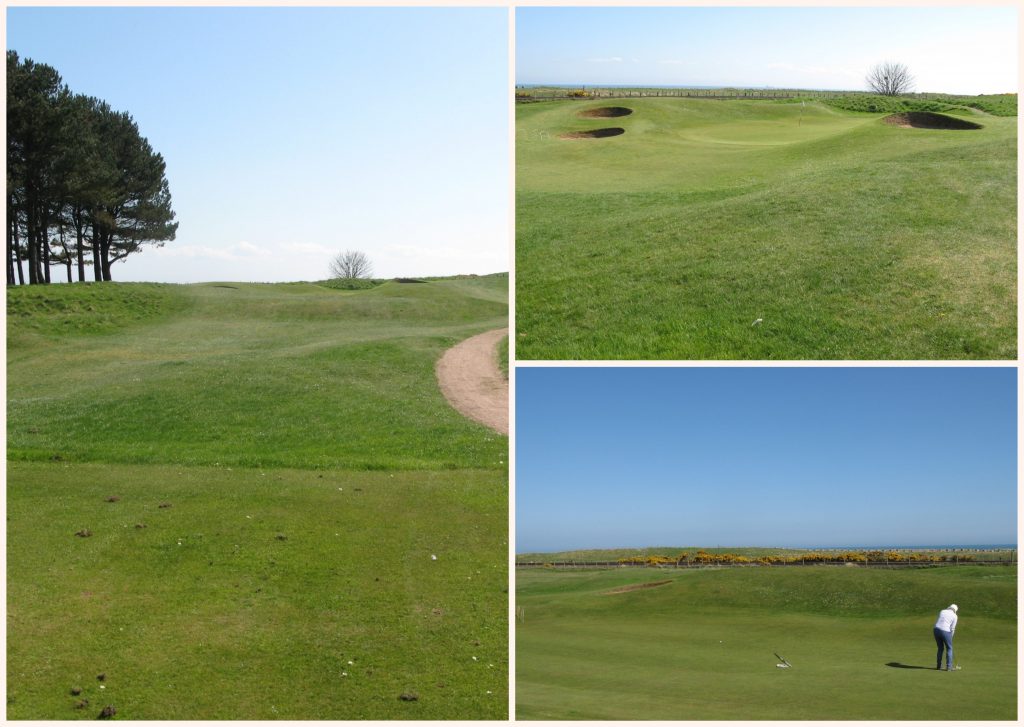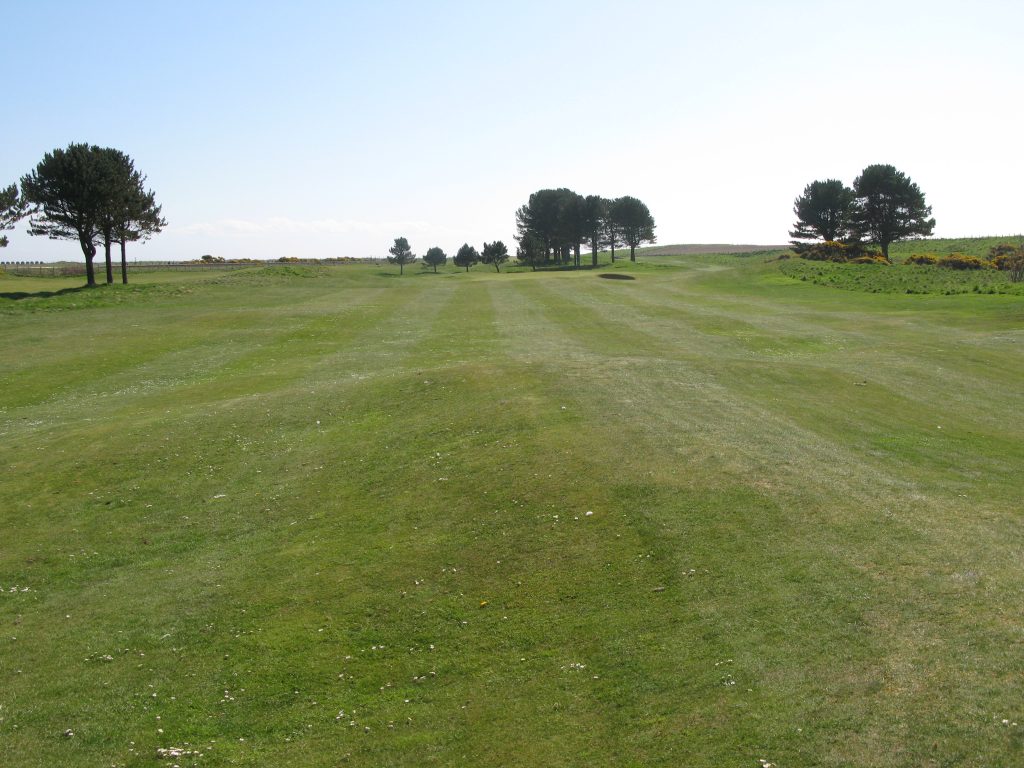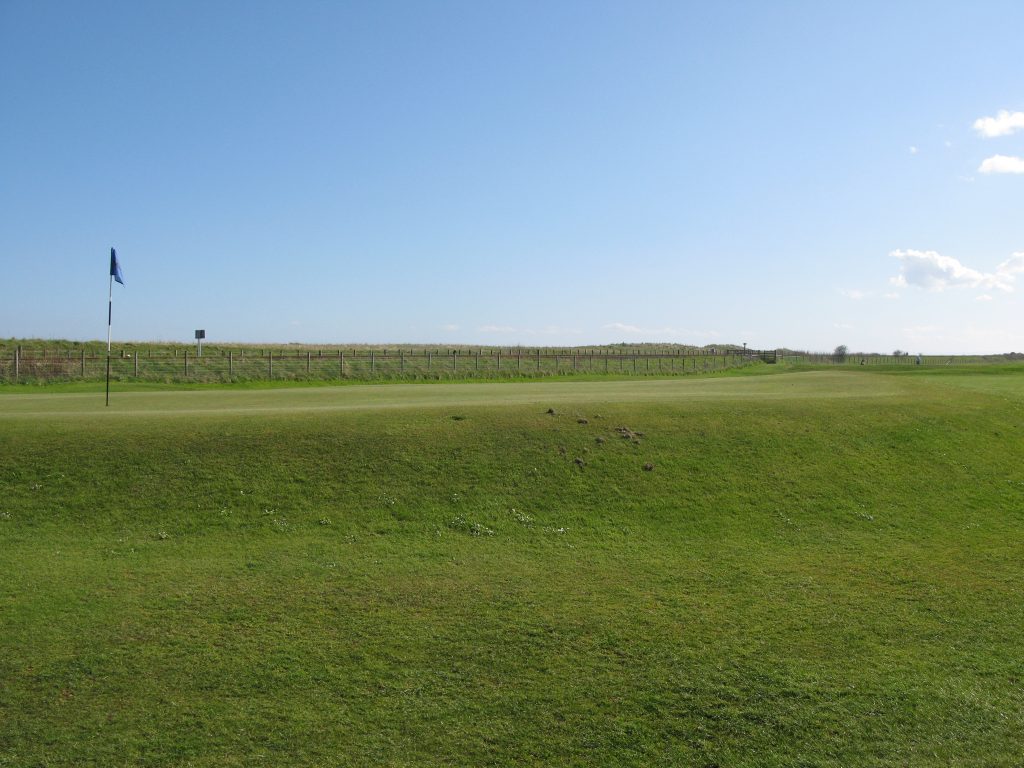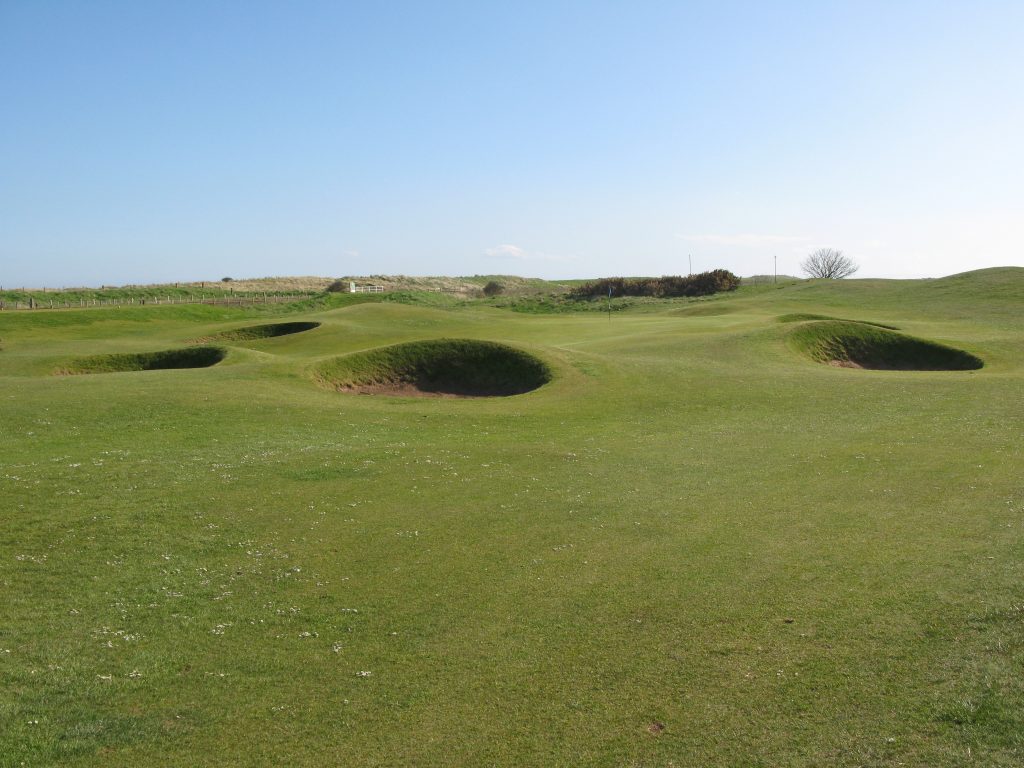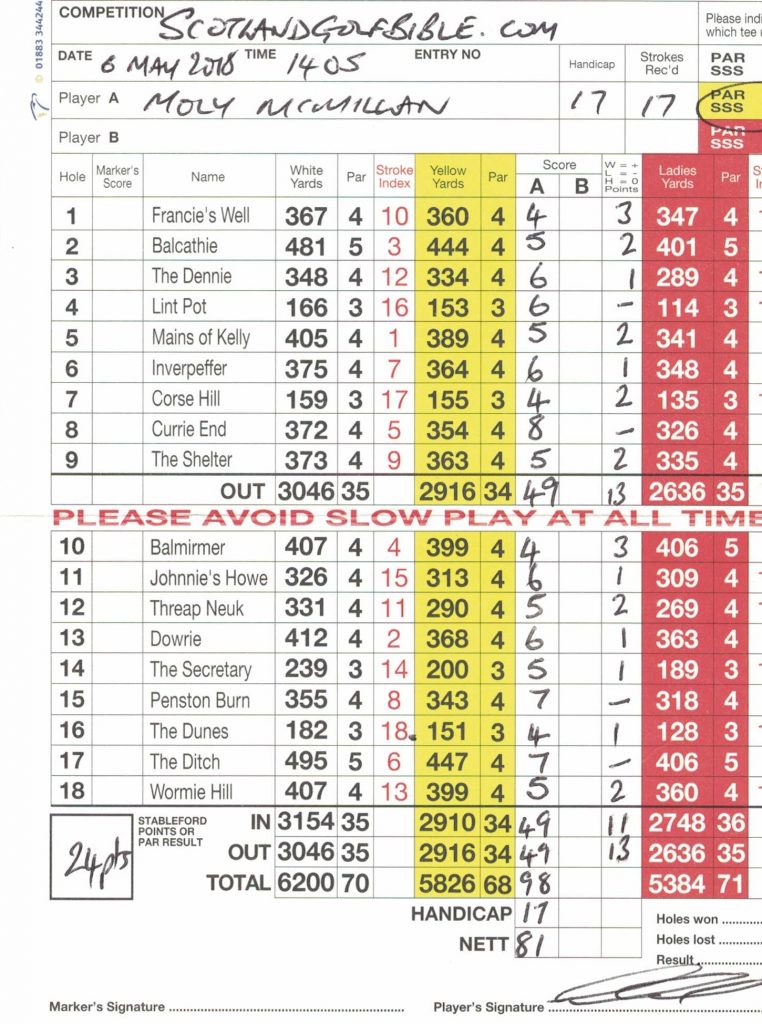Rainbows and Celebs are potential hazards at this excellent new course
Round £60. Par 70. Course Rating / Slope Rating (yellow) 70.8/129. Value (out of 5) – 4.5
The official name of this golf course is the ‘Earl of Mar’, but I’ve entitled the blog ‘Mar Hall’ ,the name of the hotel, which opened 2004, as that is what the course is more commonly listed as.

The course itself was designed by the renowned Dave Thomas and founded in 2010 ; and what a great golf course he has created, making full use of the available land – albeit it does feel a little compact in places with several holes adjoining in an ‘up and down’ fashion, making it play wider than perhaps intended. However, with USGA style bunkers, in both fairway and greenside, this course requires accuracy off the tee and especially into the greens, where knowledge of your yardage will pay dividends.
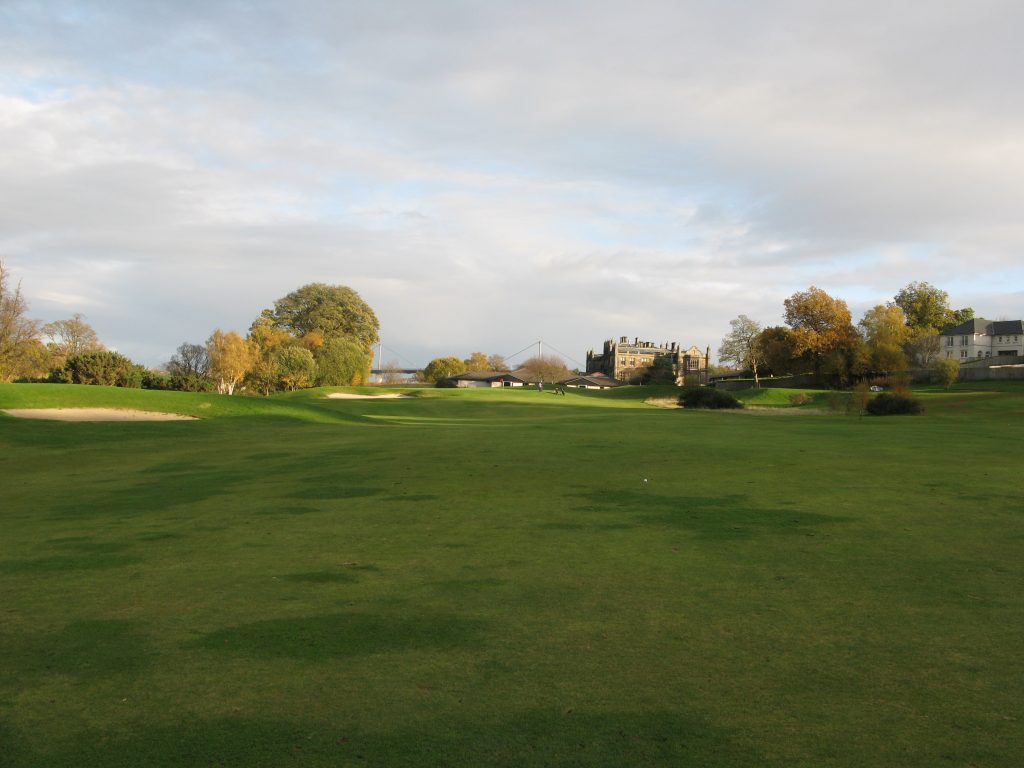
Coupled with a stay in the collocated 5 star hotel, the former Erskine Estate and House make for an excellent golfing break, especially with its proximity to Glasgow and its airport. The Erskine bridge, which crosses the River Clyde, dominates the skyline, especially at the downhill dog-leg left second hole, where you feel you are playing under the bridge. Although set along the south bank of the Clyde, the river doesn’t come into play, which is a pity.
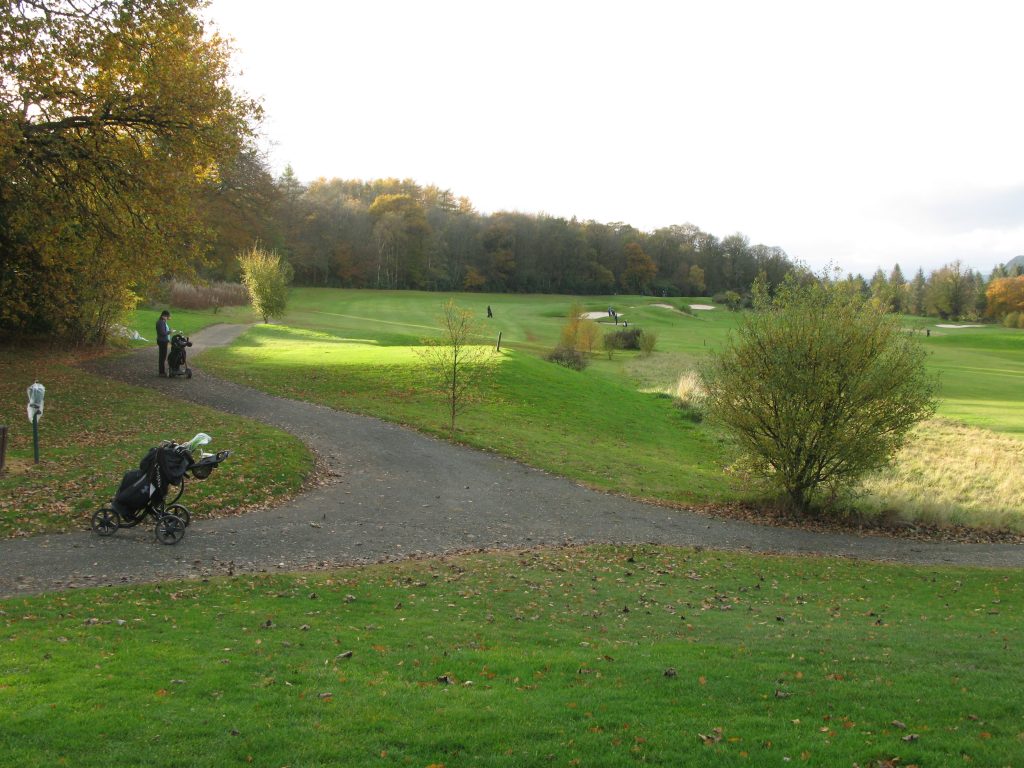
Other than the river, there are outstanding views of the hills to the north and some magnificent trees, which Thomas has carefully utilised in the design.
At over 6200 yards from the yellow tees, at par 70, this is a challenging course for all bar the single figure golfer. Some of the shorter par 4s, such as the delightful 9th hole, play slightly uphill into the prevailing wind and will require 2 decent shots to reach in regulation.
When I played in late October, there had been several days of very heavy rain, but the course was in remarkably good condition, testament to the build quality and green keeping. The greens were all in play, they are generally very large, with devilish surrounds, including large bunkers, so keeping a 3 putt off the card, or scrambling, will also be a challenge.
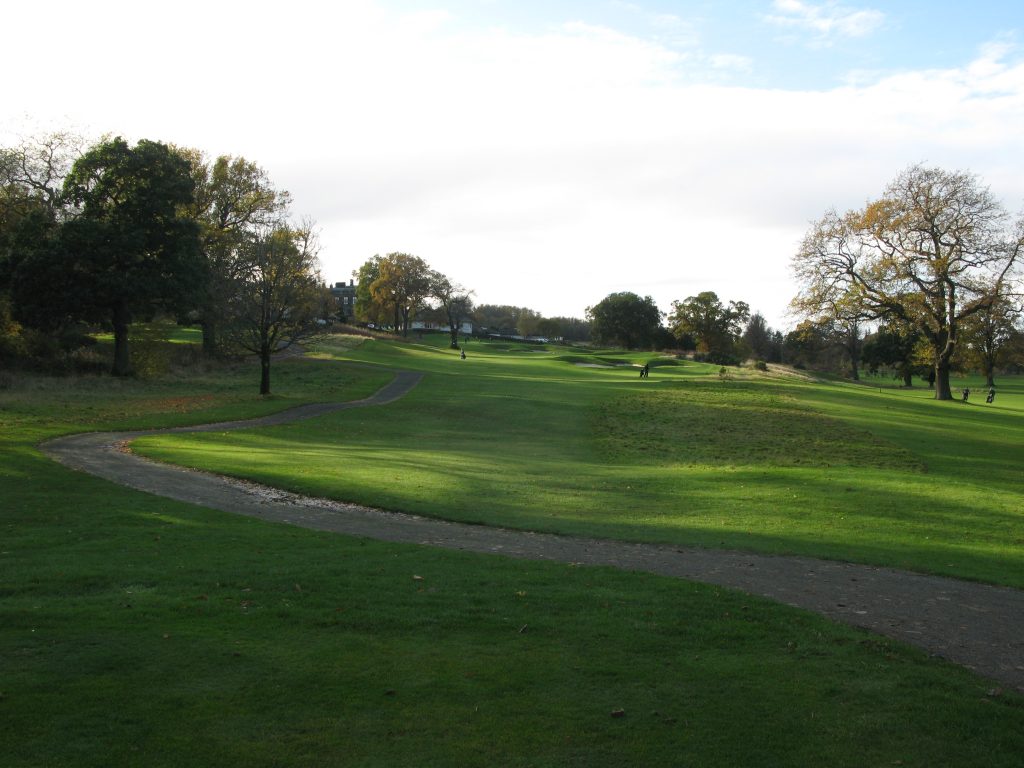
Nevertheless, its a delightful walking course, and as said, there is ample room from many tees, so makes for a good society day.
On the day, I played very well to get round in 91, for 30 stableford points, the latter number I always think is acceptable playing a course for the first time.
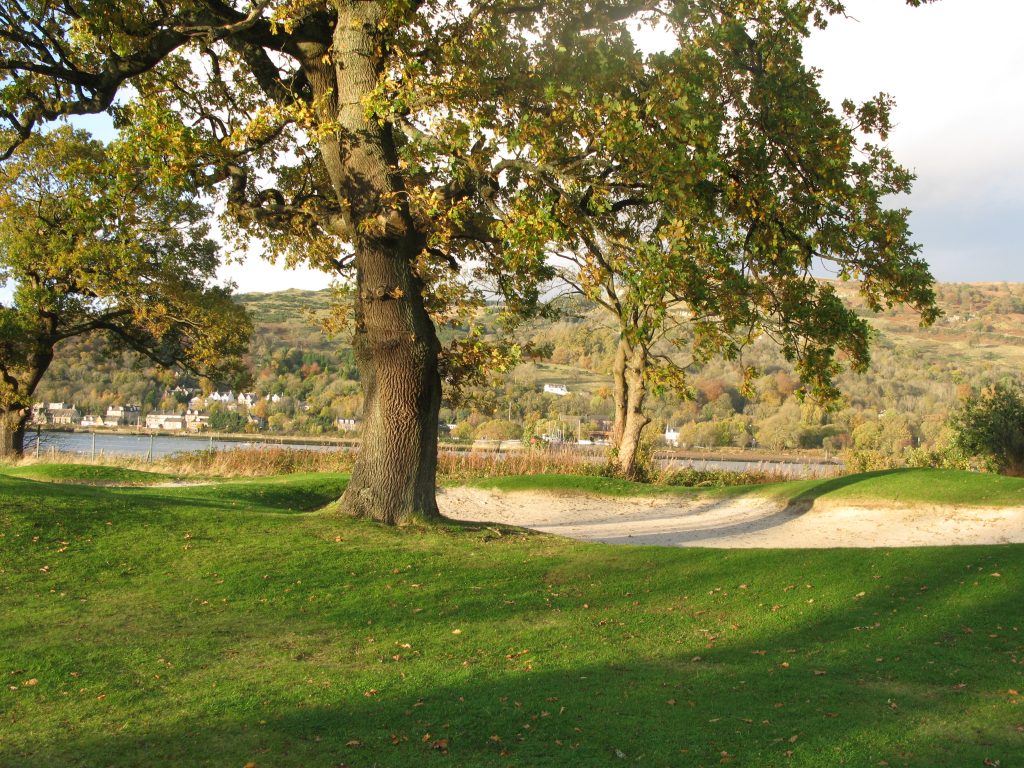
The hotel has apparently hosted many celebs during its short existence, which I thought was quite appropriate given that, according to the barman, the river and hills make for ideal conditions for rainbows – although I didn’t find any pots of gold.
The course is the star here though. Well worth playing.
Course Type: Parkland
Par 70 (2 par 5, 12 par 4s, 4 par 3s)
Distance: 6259
Moly’s Gross score: 91

